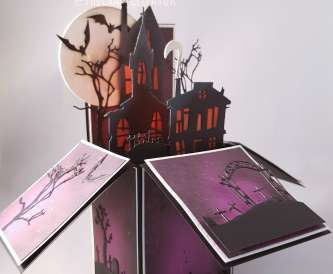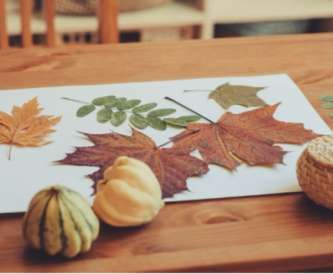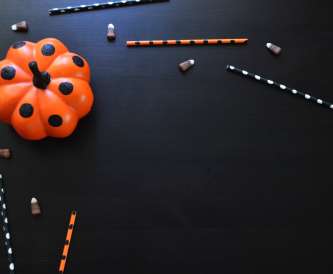Kusudama Flowers
0
Posted on 9th March 2020 by Tracy Home
Filed under 3d Crafts, Paper Flowers, All Papercraft Tutorials, Papercraft Disciplines And Techniques

These Kusudama flowers are made with paper using origami techniques. Any paper can be used; the only point to note is that the weight of the paper will dictate which gauge stem wire you will need. Heavier paper needs thicker wire.
Once you get used to the folding sequence, these flowers can be made up in a few minutes.
You will need:
Paper, glue, beads, florists wire, bone folder.

To start cut 5 or 6 squares of your chosen paper stock. I am demonstrating here with vellum using five x 5 inch squares. This will result in a fairly large flower, approx 3.5 inches in diameter.
To start, take one of your squares and fold in half across the diagonal. Use a bone folder to give a really crisp crease.

Take the outer points of the triangle and fold them both up to the top point and burnish with bone folder.


Take one of the top points and fold it back on itself making the bottom edges level. Burnish the fold. Repeat for the other top point.


Open up the outer point and squish it flat, using the existing crease lines as a guide. Burnish and repeat on the other side.



Take one of the bottom outside points and fold it back on itself, lining up the centre crease lines until the outer edge is once again a straight line. Burnish and repeat on the other side.



Make a valley fold on the two outside triangles, using the centre crease line as your guide. Burnish flat.

Add glue to one of the innermost triangles and adhere to the other. Pinch firmly along the creased edges, taking care not to crease the back part of the petal. To get a really nice petal shape, pinch the inside parts with tweezers or your fingers keeping the outermost edge rounded.



This is the first petal completed. Make a second petal following the steps above and glue these two together first. Set them aside to dry while you are making the rest of the petals to allow for good adhesion and a solid base for assembling the rest of the flower.


Make another three of four petals, either is fine. Retrieve your other two petals ready for assembly. Starting with your first two petals, add glue to the inner edge of both petals and add another two petals lining up the top edges and bottom points of each petal.



Add glue to the inner edge of the newly added petals. Attach your final one or two petals. If you have chosen to make a six petal flower, you will need one final line of glue to attach the final two petals to each other (not shown here).


Make the stem from florists wire or a thin wood skewer and finish however you like. I have used two sizes of pearls, a large one in the centre and a smaller one at the bottom to stop the flower dropping down the stem and keep the top bead where I want it. Thread the bead onto the wire and twist it, thread the wire through the flower then add the second bead, gluing in place where you want the stem to sit. You could also use florists tape to secure the bottom of the bloom in place.
You don't have to use beads for the centre, you could leave it bare or use buttons, ribbon, fringed paper or anything else that you like.




Why not have a go ... experiment with different types and colours of paper, different finishes, etc. Where will your imagination take you?









Nobody has commented yet
Be the first to comment on this article by using the form below.